Scandinavia consistently ranks among the world’s most expensive travel destinations, with its pristine landscapes, progressive cities, and high standard of living commanding premium prices that can intimidate even well-funded travelers. The region—which includes Norway, Sweden, Denmark, and often Finland and Iceland—presents a seemingly impossible challenge for budget-conscious explorers seeking to experience Northern European culture without emptying their savings accounts.
Here is a list of 13 practical ways to experience the magic of Scandinavia without facing financial ruin.
Strategic Timing
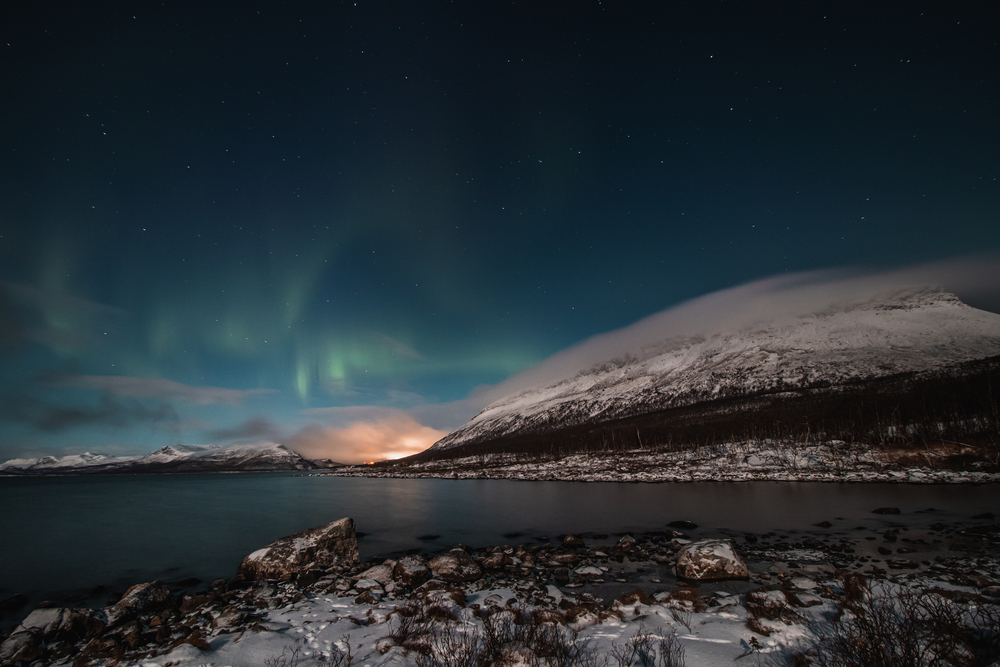
The dramatic seasonal variations across Scandinavia create distinct pricing windows throughout the year, with summer commanding premium rates while shoulder seasons offer remarkable value. Late May and early September deliver nearly identical daylight hours to peak summer, but with accommodation prices often 30-40% lower across the region. Winter visits outside the Christmas and skiing high season – particularly January and February – reveal a magical snow-covered landscape with dramatically reduced tourism pressure.
The northern lights remain visible through April in many locations, contradicting the common assumption that winter aurora viewing requires enduring December’s coldest temperatures and highest holiday-season rates.
Transportation Cards
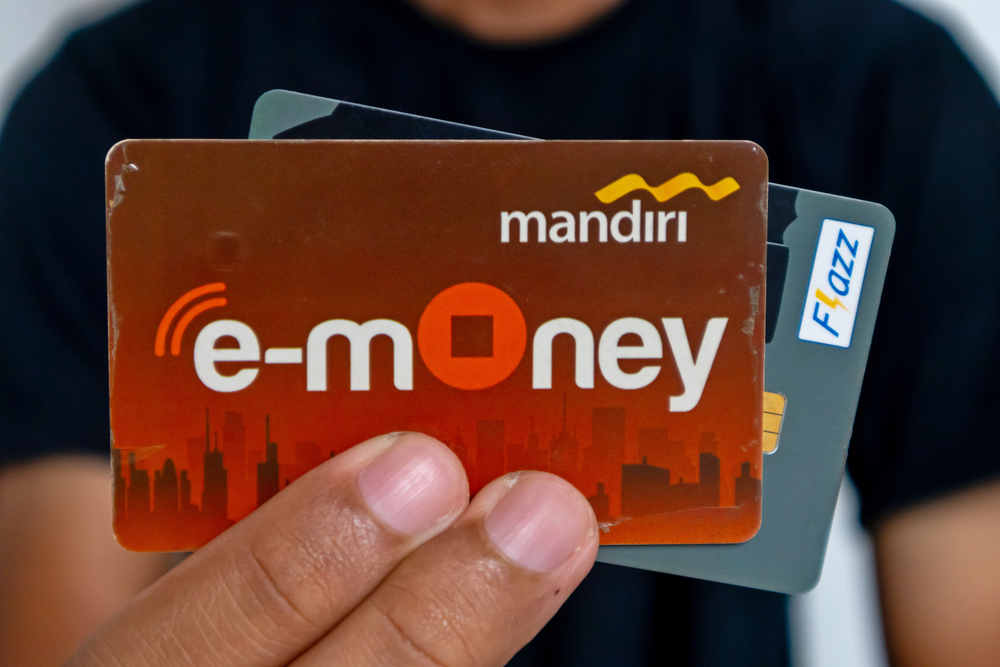
Each Scandinavian capital offers comprehensive transportation cards that quickly pay for themselves through unlimited access to otherwise expensive transit networks. Stockholm’s Access card includes free boat transportation to nearby islands, essentially providing complimentary sightseeing cruises alongside practical transportation value. Copenhagen’s City Pass covers the entire metro region, including access to the airport, eliminating costly airport transfer fees that often surprise first-time visitors.
Oslo’s Ruter ticket includes the spectacular ferry network navigating the Oslo Fjord islands, transforming routine transportation into memorable travel experiences. Even 24-hour cards typically pay for themselves after three rides on systems where single tickets can approach $4–5 each.
Like Travel Pug’s content? Follow us on MSN.
Museum Free Entry Strategies
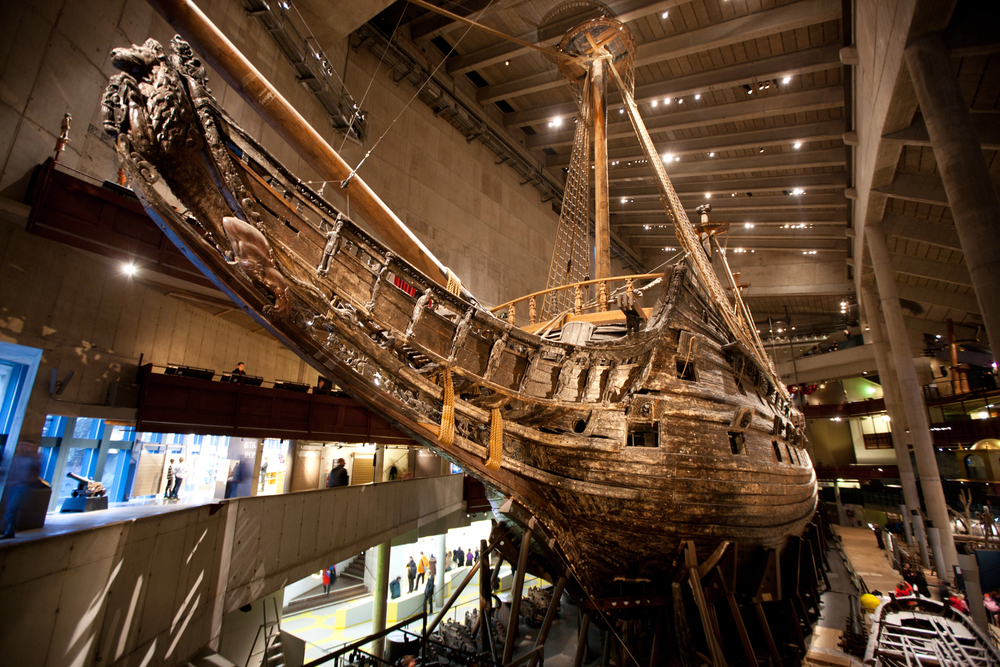
Scandinavia’s museum policies create opportunities for strategic visitors to access world-class cultural institutions without paying full price. Many major museums offer completely free admission during specific weekly windows – typically Wednesday or Thursday evenings – when locals traditionally visit after work. Stockholm’s exceptional Medieval Museum maintains free admission year-round despite its world-class exhibitions and central location near the Royal Palace.
Copenhagen’s Museum of Copenhagen provides free entry every Friday, offering excellent historical context for subsequent explorations. The lesser-known yet fascinating Worker’s Museum in Oslo presents compellingly human stories about the region’s social development while charging approximately half the admission of more tourist-oriented institutions.
Housing Alternatives
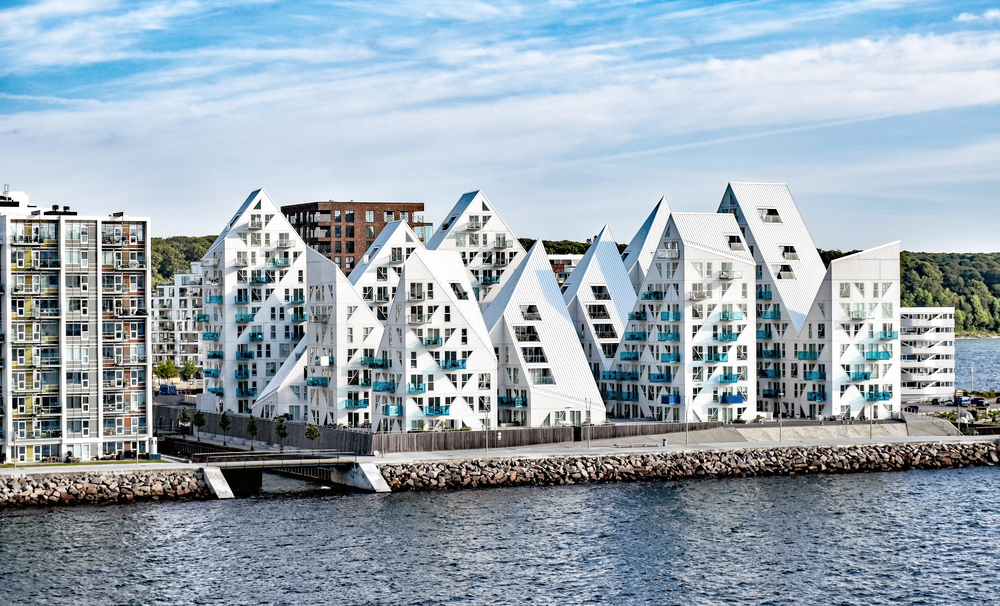
Traditional hotels represent the single largest expense for Scandinavian travelers, yet numerous alternatives deliver authentic experiences at a fraction of standard accommodation costs. University dormitories throughout the region convert to budget-friendly tourist housing during summer breaks, offering simple but clean rooms often in central locations near major attractions. Hostels across Scandinavia have evolved far beyond basic backpacker havens – many now feature private family rooms and design-conscious common areas rivaling boutique hotels.
Rural areas offer traditional cabin rentals through local booking sites unknown to international travelers, where prices reflect domestic market rates rather than foreign visitor premiums. The Norwegian Trekking Association maintains hundreds of mountain cabins ranging from basic shelters to staffed lodges at rates unimaginable in commercial accommodations.
Affordable Local Dining
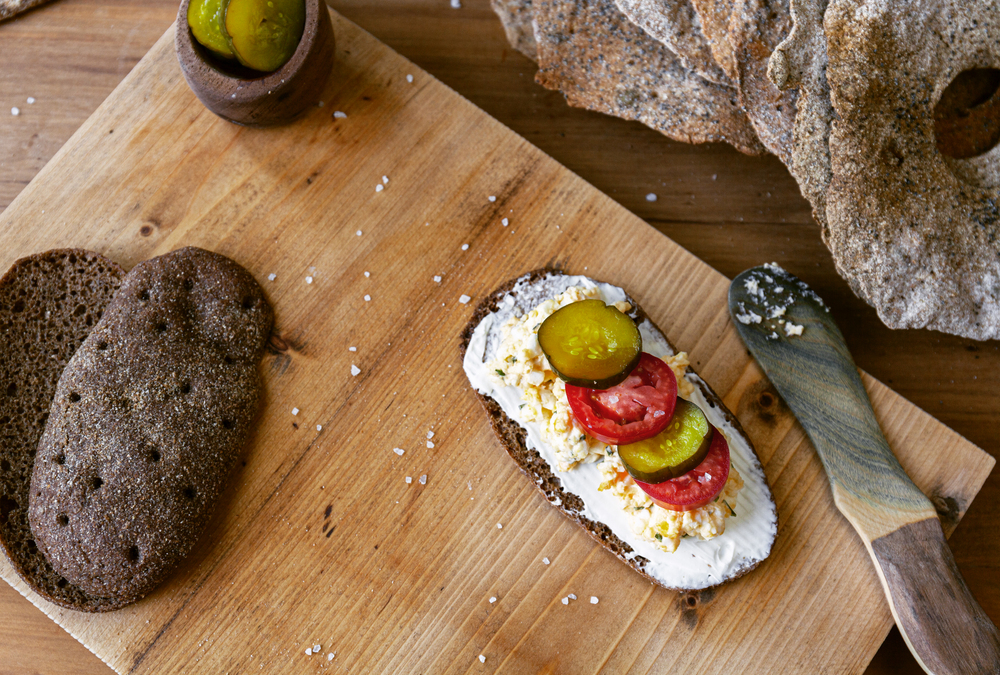
Scandinavia’s restaurant pricing often shocks unprepared visitors, yet authentic culinary experiences remain accessible through strategic approaches to dining. Traditional open-faced sandwiches called smørrebrød in Denmark or smörgås in Sweden offer complete meals at one-third the price of restaurant main courses, while representing genuine local cuisine rather than budget compromises.
University cafeterias across the region serve subsidized, high-quality meals to anyone who enters, not just students, often featuring locally sourced ingredients at approximately half standard restaurant prices. Food halls like Copenhagen’s Torvehallerne or Stockholm’s Östermalms Saluhall allow sampling premium local specialties through small portions rather than committing to expensive complete meals, creating memorable food experiences on modest budgets.
Like Travel Pug’s content? Follow us on MSN.
Smart Grocery Shopping
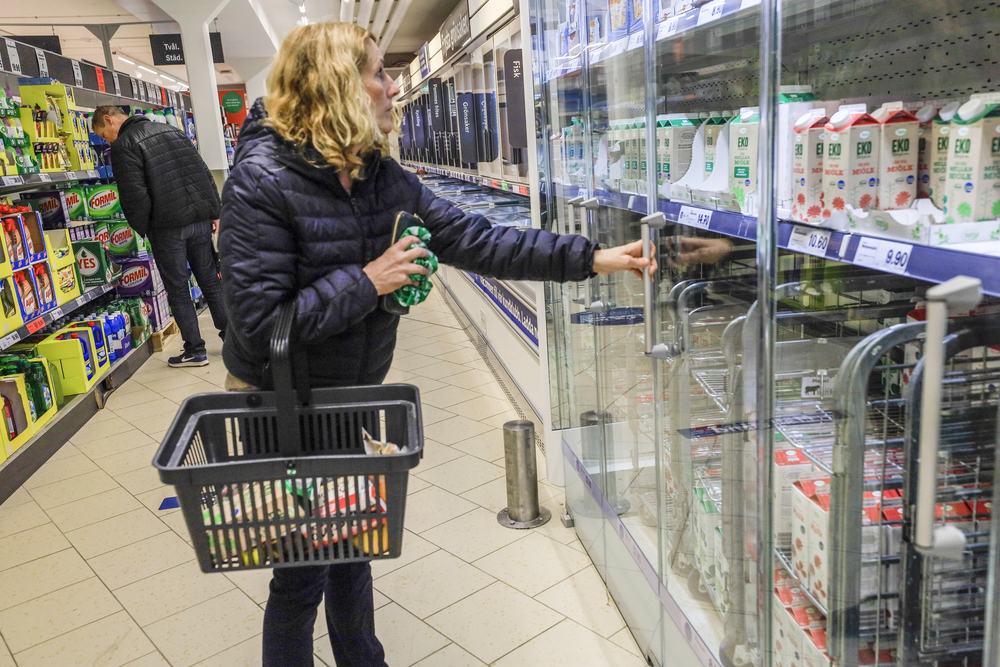
Scandinavian supermarkets reveal fascinating cultural insights while providing substantial savings for travelers willing to prepare occasional meals. Discount chains like Rema 1000, Fakta, and Willys maintain locations even in central tourist areas, offering prices 40–50% below convenience stores favored by visitors. The distinctive brown cheese of Norway, seafood spreads in tubes, and cloudberry preserves provide authentic taste experiences at minimal cost when purchased for picnic meals.
Most grocery stores feature excellent prepared food sections reflecting local culinary traditions, with freshly made open sandwiches and salads priced well below restaurant equivalents. Scandinavians themselves frequently picnic during summer months, making this approach culturally authentic rather than merely economical.
Free Urban Experiences
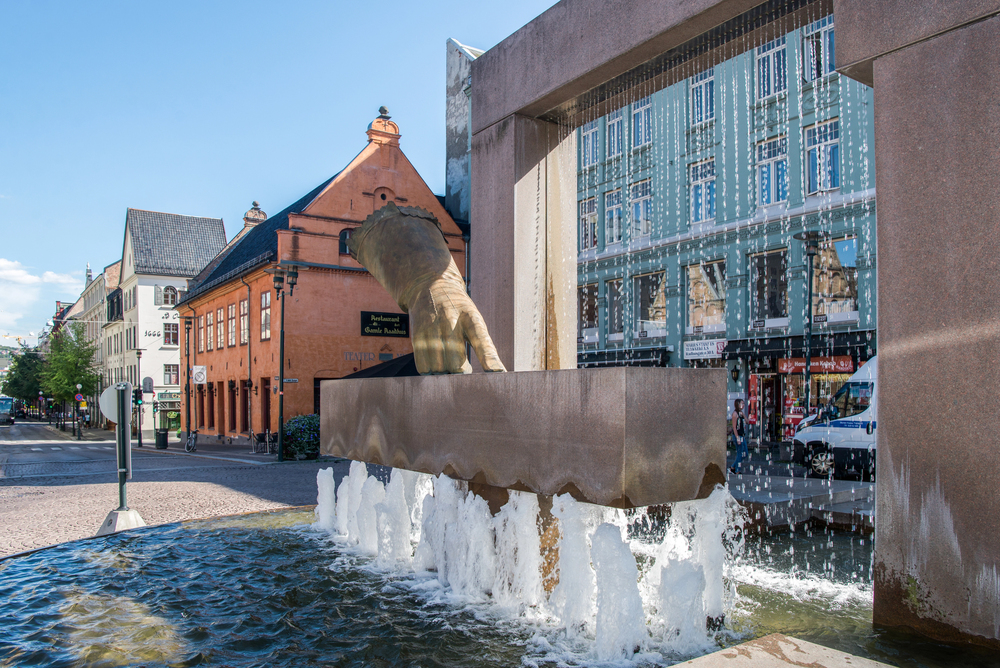
Scandinavian cities invest heavily in public spaces and free attractions that locals value, yet tourists often overlook while focusing on paid experiences. Copenhagen’s harbor swimming areas, like Islands Brygge, offer refreshing urban bathing experiences with waterfront saunas and diving platforms completely free of charge. Stockholm’s changing of the guard ceremony rivals London’s version with equally elaborate pageantry but without the massive crowds.
Oslo’s Vigeland Sculpture Park contains over 200 remarkable sculptures in an expansive public park setting that would command significant admission fees elsewhere in Europe. These civic amenities reflect the Nordic commitment to accessible public spaces rather than commercialized tourist attractions.
Explore the Outdoors for Free
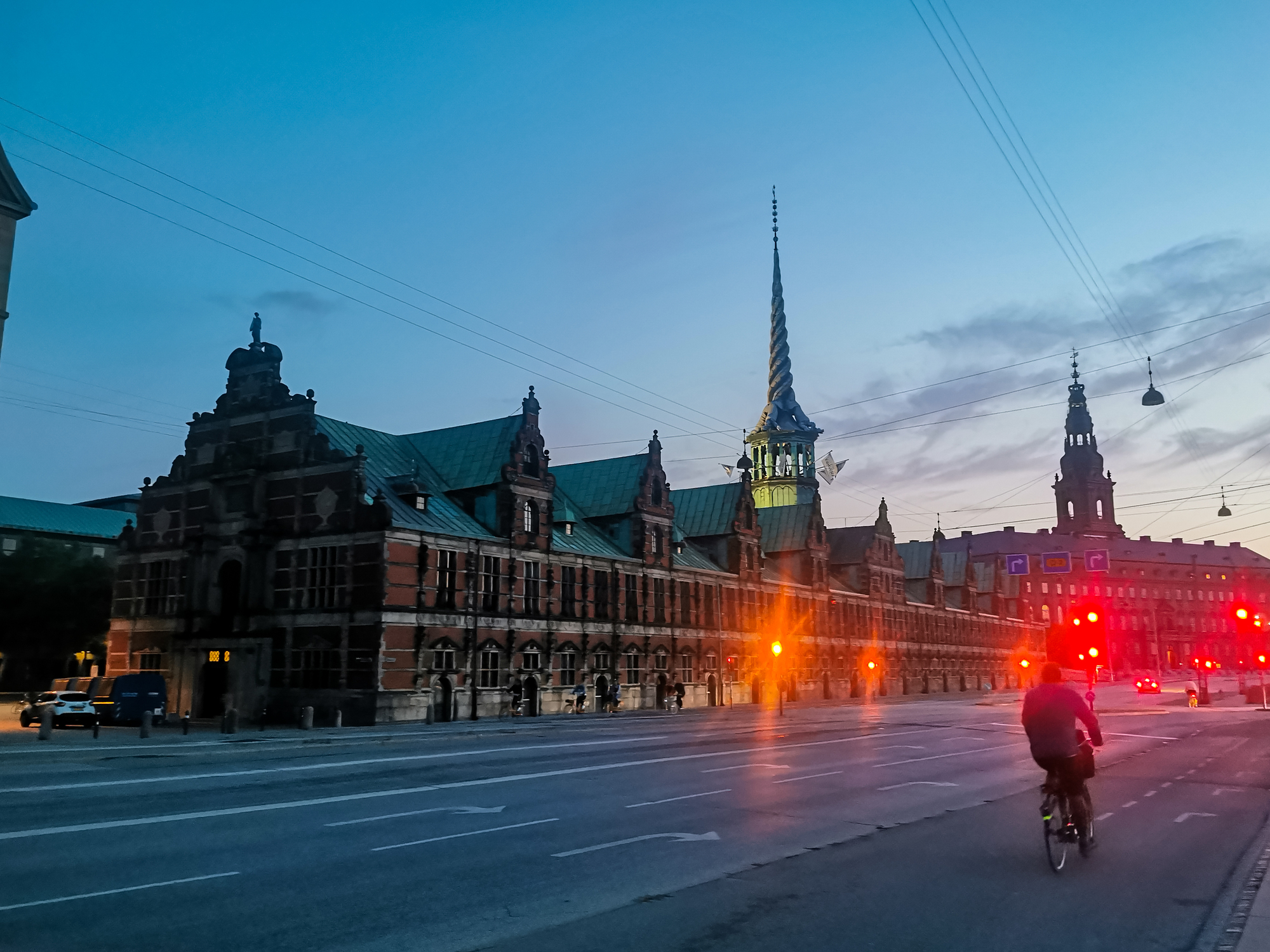
The distinctive “allemansrätten” or “right to roam” enshrined in Scandinavian law creates unparalleled access to natural landscapes that would be privatized or commercialized elsewhere. This ancient legal principle allows hikers to walk freely across uncultivated private land and even camp overnight, provided they maintain a reasonable distance from dwellings. Sweden’s stunning archipelagos, Norway’s mountain plateaus, and Finland’s lake districts become vast free recreation areas under this tradition.
Even expensive destinations like Norway’s fjord region offer networks of public hiking trails accessing the same spectacular viewpoints featured in cruise ship promotions, available without any access fees to independent travelers willing to climb rather than ride to panoramic vistas.
Like Travel Pug’s content? Follow us on MSN.
Budget-Friendly Drinking

Alcohol pricing represents a notorious budget-breaker across Scandinavia due to heavy taxation, yet understanding local drinking customs reveals more affordable approaches. Happy hours – though rarely advertised – typically reduce prices by 40-50% during early evening hours at many urban establishments, particularly on weekdays when locals themselves seek value.
Denmark generally offers the region’s most reasonable beer prices, while Sweden’s system allows purchasing single beers in supermarkets at much lower prices than bars. The regional tradition of “pre-drinking” at home before going out reflects local economic adaptation to high prices, rather than just youthful partying. Many Scandinavians themselves cross borders strategically for alcohol purchases, particularly along the Sweden-Denmark connection via the Øresund Bridge.
Explore by Bike

Bicycle infrastructure across Scandinavia ranks among the world’s finest, creating opportunities for budget travelers to access attractions while experiencing local transportation culture. Copenhagen’s city bikes cost a fraction of public transportation while covering similar distances, with the added advantage of following locals along scenic routes through neighborhoods tour buses never enter.
Stockholm’s city bike system includes stations near ferry terminals on various islands, allowing self-guided archipelago explorations without expensive boat tours. Aarhus in Denmark offers completely free bicycle loans through its city program, requiring only a refundable deposit to access well-maintained bikes equipped with lights and locks. The flat terrain of Danish and southern Swedish cities makes cycling accessible even to occasional riders.
Budget-Friendly Water Activities

Scandinavia’s relationship with water creates distinctive travel experiences often available at minimal cost. Public saunas in Finland often include nominal fees that seem expensive until realizing they typically allow unlimited stays throughout an entire day, with many offering free access to adjacent swimming areas.
Stockholm’s extensive public boat network operates within the standard transportation system, essentially providing harbor cruises at regular transit ticket prices. Denmark’s harbor buses in Copenhagen serve commuters while traveling routes similar to tourist boats at a fraction of sightseeing cruise prices. Traditional swimming piers throughout the region offer refreshing dips among locals during summer months – an authentic experience no commercial attraction can replicate.
Like Travel Pug’s content? Follow us on MSN.
Language Advantages

Minor language efforts yield disproportionate benefits across Scandinavia, where locals appreciate visitors attempting even basic phrases despite nearly universal English proficiency. Using simple greetings often triggers recommendations for non-obvious free activities or modestly priced restaurants frequented by residents rather than tourists.
Cultural centers throughout the region offer free language introduction sessions ostensibly to promote cultural exchange but provide valuable orientation to local customs alongside basic vocabulary. Attempting pronunciation of place names when asking directions frequently results in more detailed assistance and occasional impromptu mini-tours from proud locals happy to showcase their neighborhoods to interested visitors.
Tech Tips for Saving

Scandinavia’s position as one of the world’s most digitally advanced regions creates opportunities for budget travelers comfortable with technology. Transportation apps throughout the region offer reduced fares compared to physical tickets, with further discounts for advance purchases on intercity trains and buses that can exceed 50% cheaper than walk-up fares. Last-minute accommodation booking apps frequently offer remarkable value as Scandinavia’s precise business culture leads establishments to reduce prices rather than leave rooms empty.
Restaurant apps highlighting daily specials help visitors identify temporary values at otherwise expensive establishments, particularly for lunch specials that often include dishes identical to dinner offerings at half the price.
Northern Perspectives
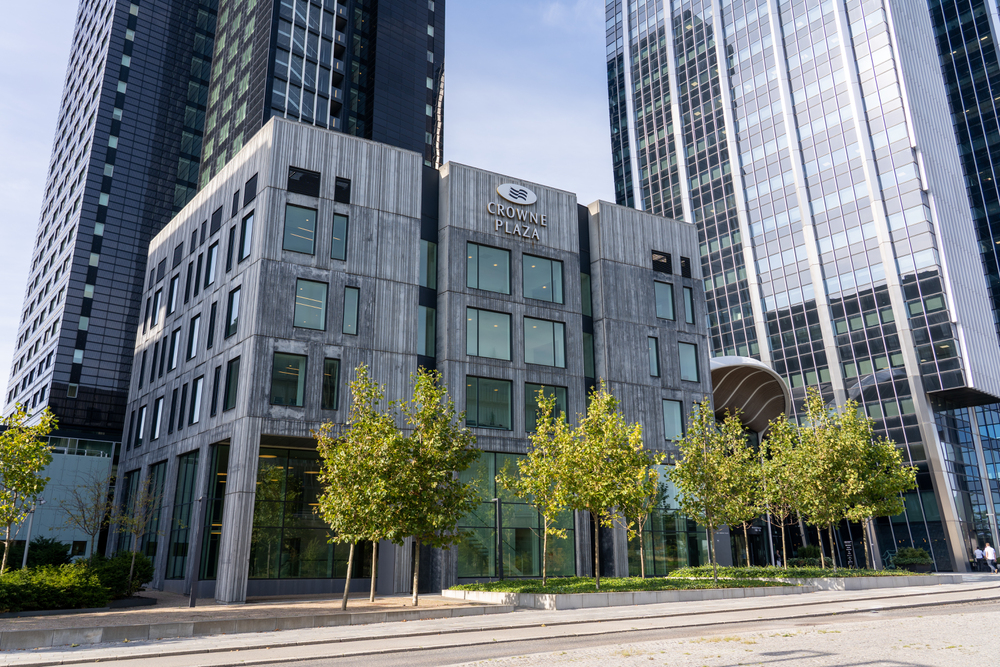
Experiencing Scandinavia affordably requires embracing the same pragmatic mindset that characterizes Nordic culture itself – finding clever solutions to challenges through thoughtful approaches rather than brute-force spending. These nations consistently rank among the world’s happiest despite their residents facing the same high prices that challenge visitors, suggesting that fulfillment derives from aspects of life transcending luxury consumption.
The distinctive Scandinavian aesthetic—emphasizing clean functionality over ostentatious display—extends to travel experiences, where meaningful connections with local culture and natural beauty create more lasting memories than luxury experiences purchased at high prices. Budget travelers often discover they’ve accessed a more authentic version of Scandinavia than those isolating themselves within luxury bubbles that could exist anywhere in the world.
Like Travel Pug’s content? Follow us on MSN.
More from Travel Pug

- Cities Growing so Fast You Won’t Recognize Them in 10 Years
- 13 Destinations Where Tourists Regularly Regret Their Trip
- 16 U.S. Cities That Are Quietly Becoming Travel Hotspots
- Where to Travel If You Love Long Bus Rides and Daydreams
- 20 Cities Perfect for Solo Travelers Who Crave Adventure & Culture
Like Travel Pug’s content? Follow us on MSN.
